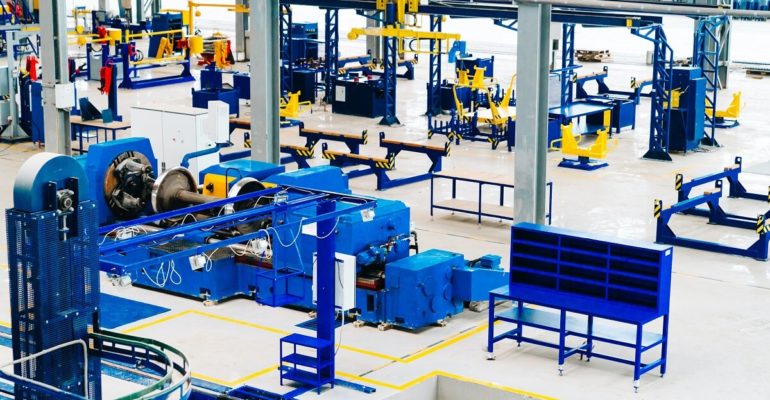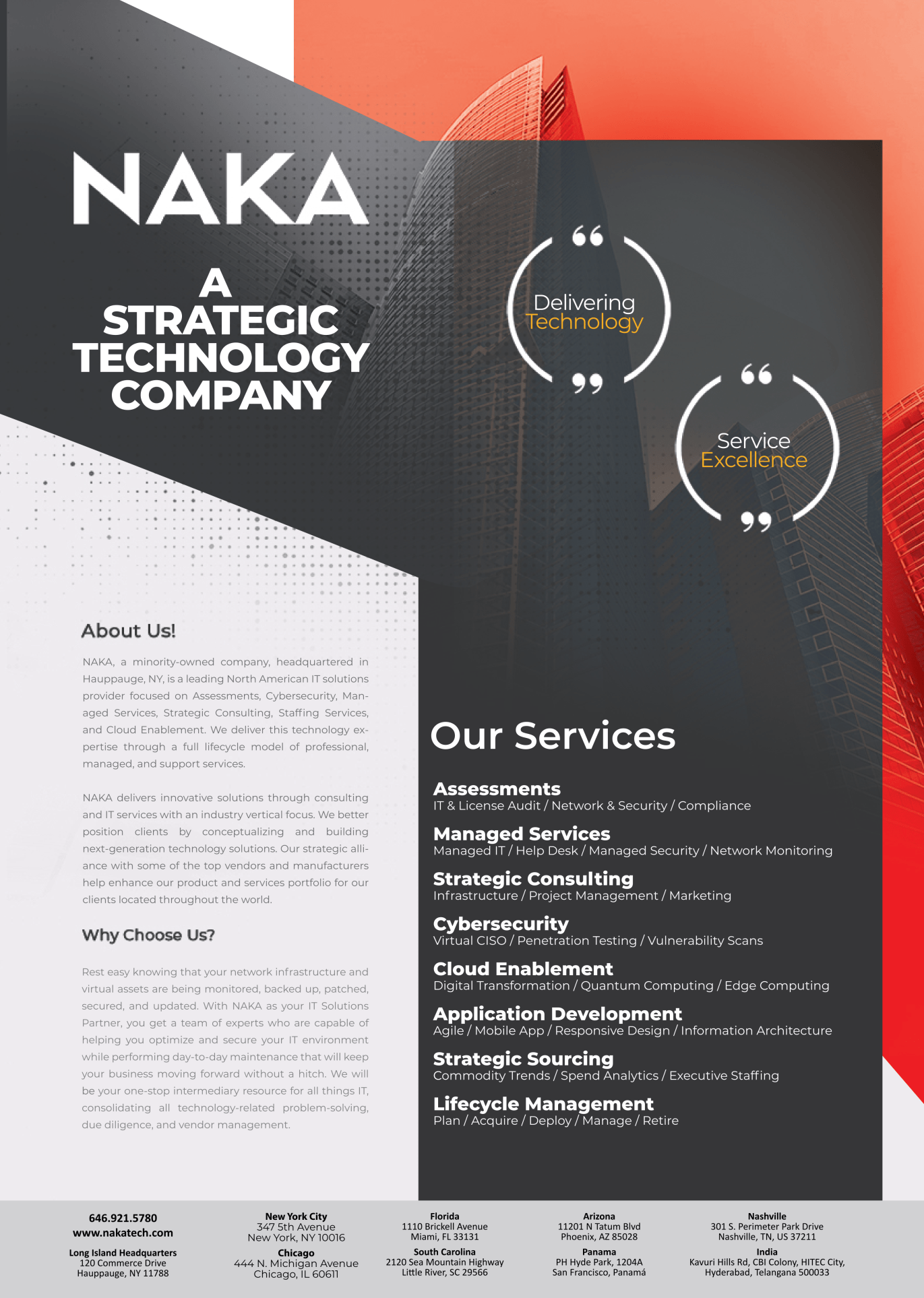7 Automation Mistakes And How Organisations Can Avoid Them

7 Automation Mistakes And How Organisations Can Avoid Them
From space to home nowhere can you go without expecting automation to be a part of your journey. Automation is the creation and application of technologies to produce and deliver goods and services with minimum possible human intervention. We are surrounded by automation in our day-to-day lives, whether home appliances like refrigerators or washing machines, hospital facilities, automobiles, etc.
Automation’s purpose is to provide us with certain benefits which range from low operating costs to increased output production. But sometimes, in the chain of seeking some benefit from the process, companies tend to commit some mistakes. To avoid making such errors while decision-making, it is better to conceive well drawn knowledge on the topic and analyse it. So without further ado, let us proceed.
1) Prioritizing Priorities
Sometimes, just with the gist of trying to do something new, we might put our money in areas or departments that we don’t need to. How does one decide to put their money into it, and why? Automation is often a big step ahead in terms of production, marketing, or any other industrial process. This isn’t a sprint but a marathon where a series of careful considerations and thoughtful planning goes into making final decisions.
Consider this- automation is not a fashion trend but a necessity act. You do it because you need it. So before jumping into the infinite pool of automation, companies need to strategize and decide which part of the process they really want to be automated. Careful planning will help you save loads of bucks and allow you to invest the money in something better.
Thus automating the wrong process or the wrong sector or an area might not be a neat step to take.
2) Failed Synchronization
Synchronization means the simultaneous processing of all the important departments and areas alongside. But have you ever wondered about how? The answer to this lies in the very fact of less or underdeveloped research. It is okay to indulge in market scenarios and act accordingly, but how often is it correct for your company? Therefore, it is very important to have a handy report of what suits your company and opt for the best.
Synchronizing the market opportunities with the latest innovative technology is the right way ahead. Keeping track of how your company’s product or services have been responding and putting to use the database for technology selection is a helpful way to get ahead in the game. In addition, newer technologies might trigger newer adoption methodologies, thus opening the gateway of new thinking. This enhances the efficiency of the company and allows them to make their own rules in the game they have created.
3) Sole Reliance on Automation
Automation is not the man’s body that might be pulled back from the dead but rather the living soul which wanders and stays with and around you for infinity. Your decision makes the automation worthy. If you proceed with a dead man’s brain, automation is not the sole solution to all your problems. Automation should be fed with additional steps taken in the right direction. Alongside automation planning, additional features such as marketing, quality check, prototype testing, etc., need to be introduced.
Often in the vague attempt to mask failures, companies tend to blindly introduce automation without fully understanding the repercussions of such initiation. It is important to focus on all the company’s priority sectors, areas, or departments before jumping into this long run of automation. Automation is truly an innovative solution, and this fact remains undisputed. But what makes an innovative step like this even more effective is the right area and the right direction in which it is being used.
Stratification of workload into areas of interest, segregation them further into specialization needed accordingly, putting the creative sector, management, and marketing sector in the forefront parallel to innovative measures and technological up-gradation and so on- factors that need consideration apart from the automation solely.
4) Minimal or No Testing
Testing is not only a way of debugging but also ensuring any disaster from happening. Testing buys you some time from mistakes before finally launching the service or product into the market. For example, companies often consider automating email patterns, but what is more annoying than spam and repetitive emails taking up your customer’s space? So it is better to run through a check before finally giving it a go. Not only cross-checking the content or subject but also ensuring the format and appearance of emails on different devices they are going to appear on.
Also, social media being the pool of advertisements and promotional ideas and events might be the initial step in your testing process. Beginning with short posts and then furthering the cause with long detailed, or creative ones might help attract and engage the crowd. What gets people to click on a particular post, what is the time span for a particular video, tracking the reading time and people’s responses, allowing comments and indulging in a one-to-one conversation with customers, etc., are some of the behavioral patterns worth observing. These parameters help in the clear understanding of the demand graph and people’s choices.
Testing is the true pedestal on which your subjective knowledge is put to the test for practicality and a creative approach.
5) Right Resourcing
Targeting inadequacies in the company’s working, process, and functioning and then acting on them is just about the right thing to do when inefficiency prevails. Unfortunately, companies misinterpret adding more resources to magically resolve the problem than actually aiming for the root cause. The root problem of inefficiencies lies in factors like improper planning, poor risk management, lack of transparency (operational or managerial), inadequate accountability, and an improper or underdeveloped feedback system.
Before jumping into any kind of solution, we need to locate the true area that needs the solution—furthering the cause with innovators and creative ideas leading to exploration in the New Found opportunities. Automation can add to speed, accuracy, and consistency and simplify the process and improve efficiency.
6) Better Investments
Organizations tend to be shy about investing a huge amount or a significant amount towards funding for new technological advancements. It is often the last step in the process after the market has had an established taste of those advancements. Until then, organizations tend to drag the available technology up to its grave. It is never easy to let go of a technology that employees get well settled with- change is always a little troubling, but what comes without trouble in the world of business?
Technological advancements or new equipment might need time to get through with a significant understanding. It is often advised to take ample amounts of risks in order to be a trendsetter. Sometimes with the fine line in between, organizations turn out to be conservative rather than being protective. This not only hampers their growth but also stifles the possibilities of further improvements via any technological additions. Thus, it seems very important to work on the trust deficit factor organizations have and open up the world of possibilities.
7) Profit Oriented Mindset
Time and money are the key investment in any of the ventures you get into. But sometimes, under the thick blanket of profit and money rearing companies tend to ignore advancements and improvements in their functioning. This is depreciating the value of the company’s worth and comes in the way of the quality of the product you market. This might spiral out in the loss of customer base.
Instantaneous and frequent problems often have an underlying pattern hidden. If you fail to accumulate the problems and analyze them to come up with a common solution for those frequent errors, customers might become hellbent to replace you as their provider. The key here is to realize how customer’s themselves can help you in being the best at what you do by serving you with their suggestions.
Automation can surely help in scaling down on the possibility of error making, streamline workflow, minimize wastage, reduce costs, ultimately serve your purpose of profit without being negligent on your customers.
Short vision is the key to short-term success, but for long-term success, you need to have a long-term vision as well.



